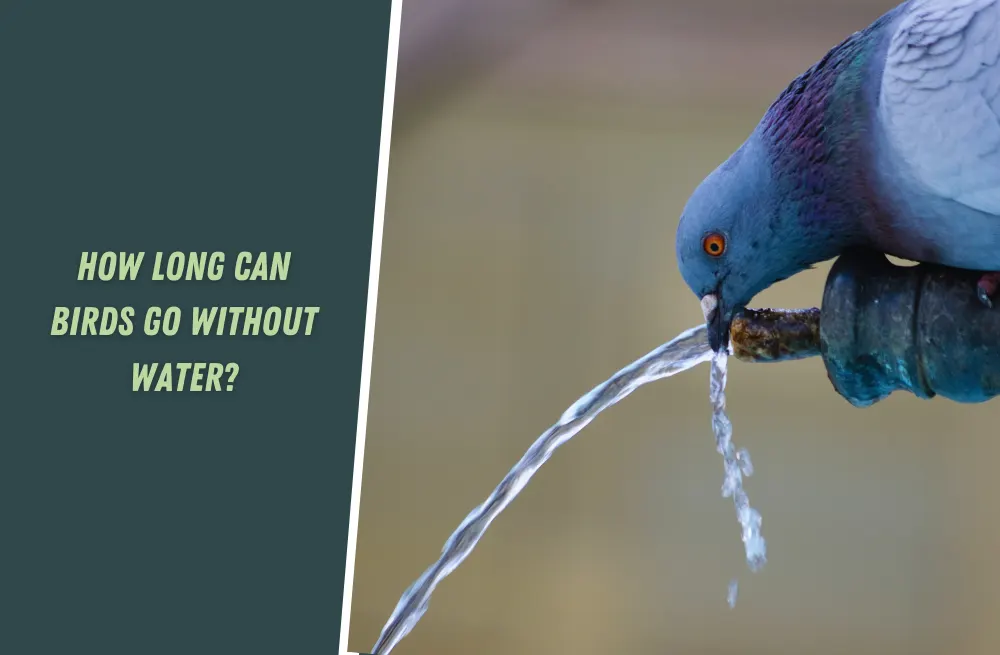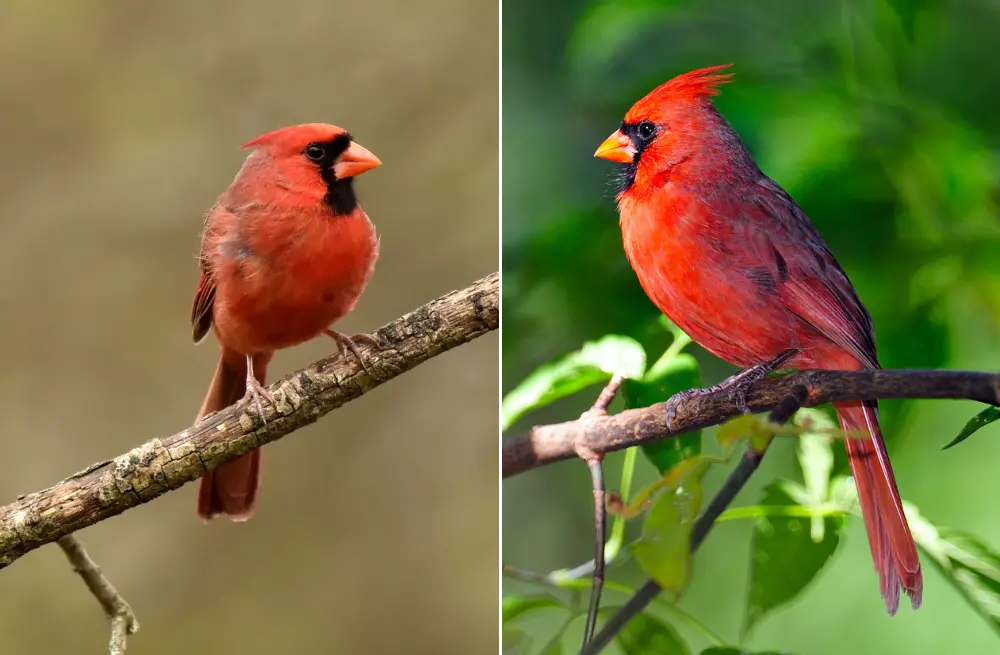Just as all vertebrate species have evolved to suit their environments and needs, the poultry world flourishes with a myriad of breeds, each exhibiting its distinct traits.
The male Easter Egger chicken stands out in this vast landscape, offering a blend of characteristics that pique the interest of poultry enthusiasts and breeders alike.
In this article, we’ll delve into the unique attributes, behavior, and care of these captivating birds.
Elevate Your Poultry Experience:
- Choosing the perfect coop for Easter Eggers
- Ensuring a balanced diet for vibrant plumage
- Strategies for healthy breeding
Note: The following details aim to shed light on the natural traits and behavior of male Easter Eggers in their habitats. They are not directives for intentional breeding or alteration of their natural state. Always prioritize the well-being of any bird, be it wild or domesticated
Overview: The Intricacies of the Easter Egger
The term “Easter Egger” doesn’t denote a standardized breed in the poultry realm. It represents chickens possessing the rare blue egg gene.
While the females garner attention for their spectrum of egg colors – ranging from the signature blue to shades of green and occasional hints of pink – the male Easter Eggers present their own allure with a myriad of distinctive traits.
Appearance of Male Easter Eggers
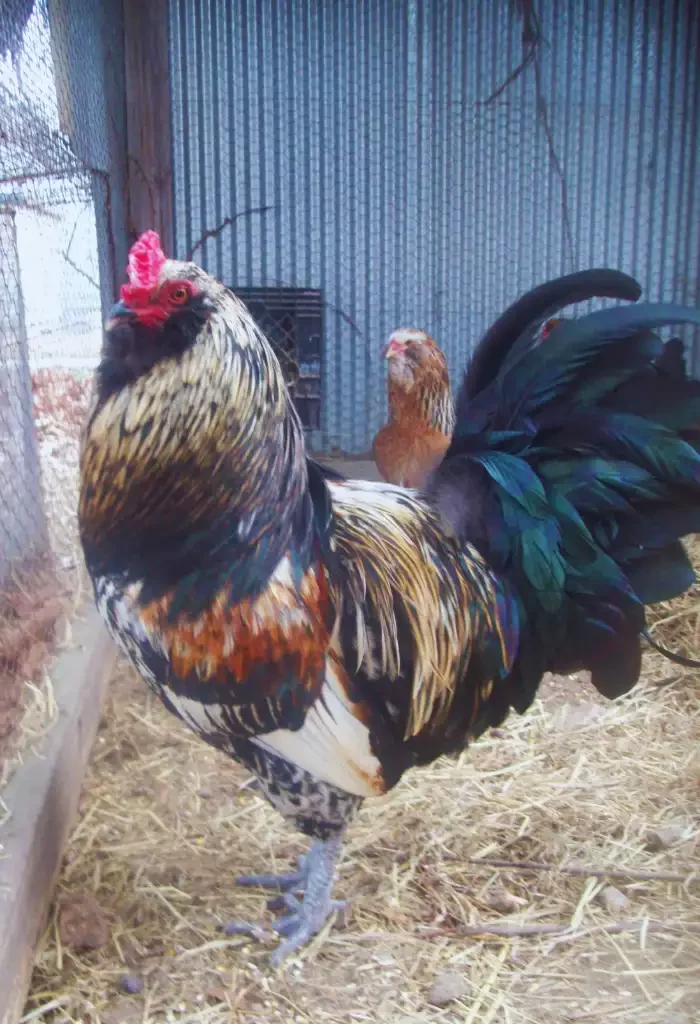
The composition of the male Easter Egger isn’t solely based on a singular factor. Much like how a bird’s body regulates its water content based on numerous elements, the male Easter Egger’s features emerge from an amalgamation of genetic components.
Their specific traits, behaviors, and tendencies are shaped by this rich genetic blend. Want to understand the depth of this diversity? Continue ahead.
An In-depth Look at the Male Easter Eggers
In the realm of poultry, precision and specificity, much like the delicate water balance in avian species, are vital. Delving deeper into the male Easter Eggers unveils a world of fascinating details that beckon a closer look.
Size and Build
Typically, an adult male Easter Egger weighs between 5-7 pounds, making them a medium-sized chicken breed. With a moderately broad body and a sturdy posture, they have a well-built, balanced physique.
Plumage Details
The allure of male Easter Eggers lies in their unpredictable and diverse plumage. Their feather patterns can range from solid to mottled, laced, or even striped. Color-wise, they exhibit a spectrum:
- Reds: Often, you’ll find them in varying shades of red, from deep mahogany to fiery russet.
- Blues and Grays: Some may showcase cool tones, presenting a mix of sky blues, slates, and soft grays.
- Multi-colored: It’s not uncommon to see a male Easter Egger with a combination of colors, making each individual a unique visual treat.
Comb and Wattles
Their comb can be of different types, though pea combs are most common, colored in bright red. The wattles, also red, are medium-sized and hang symmetrically on either side of the beak.
Eyes and Beak
The gaze of the male Easter Eggers is often captivating, with their eyes typically radiating a profound shade of bay red.
This intense hue offers a stark contrast to their diverse plumage, adding depth to their appearance. On the other hand, their beaks tell a tale of genetic diversity.
Depending on lineage and genetic interplay, their beaks can sport a neutral horn color or shift towards a striking yellow. These intricate details, while subtle, significantly contribute to the individuality of each bird.
Legs and Feet
The male Easter Eggers showcase legs that exude both strength and elegance. Averaging a medium-length, their legs can don colors from muted slate blue to an earthy greenish hue, and at times, even a vibrant yellow. Each foot is equipped with four prominently defined toes.
Intriguingly, some male Easter Eggers possess feathered toes, a detail that often captivates poultry enthusiasts. This unique feature, combined with their diverse leg colors, further accentuates their distinct charm.
Temperament and Behavior
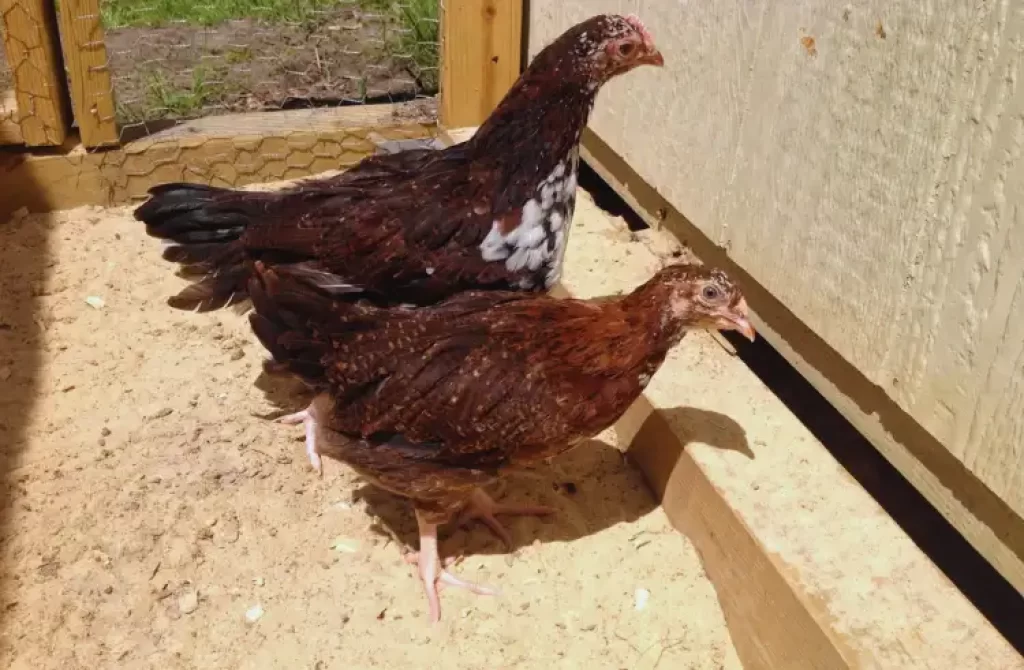
A standout trait of the male Easter Egger chicken lies in its temperament. Embodying a sense of calmness and amicability, they stand out as notably gentle among poultry breeds. This serene disposition positions them as perfect companions for families or those desiring a less aggressive rooster.
Though they uphold their role in safeguarding the flock, their protective instincts are balanced, often displaying milder aggression compared to counterparts.
As we delve deeper into understanding these unique birds, it’s crucial to consider their behavioral nuances, much like how we factor environmental impacts on other avian species.
Ensuring a harmonious environment, akin to providing native plants for wild birds, can bolster their well-being. And just as we offer water to our wild feathered friends, understanding and respecting the nature of our domesticated ones is equally paramount.
Vocalization
A hallmark of roosters is their morning crow, and male Easter Eggers are no exception. While their crow doesn’t carry a unique signature exclusive to their lineage, it exhibits variability, reflecting individual uniqueness.
Interestingly, several poultry aficionados have observed that these male Easter Eggers tend to possess a more subdued, even-tempered crow, especially when juxtaposed against the more assertive vocalizations of dominant chicken breeds.
Just as ambient conditions influence avian behaviors and needs, the vocal nuances of these roosters contribute to the melodic diversity in our backyards.
Health and Lifespan
Easter Eggers, in general, are hearty birds. They possess a robust immune system and are less prone to common poultry diseases. With proper care, a balanced diet, and a safe environment, a male Easter Egger chicken can live up to 8-10 years.
Benefits of Keeping a Male Easter Egger
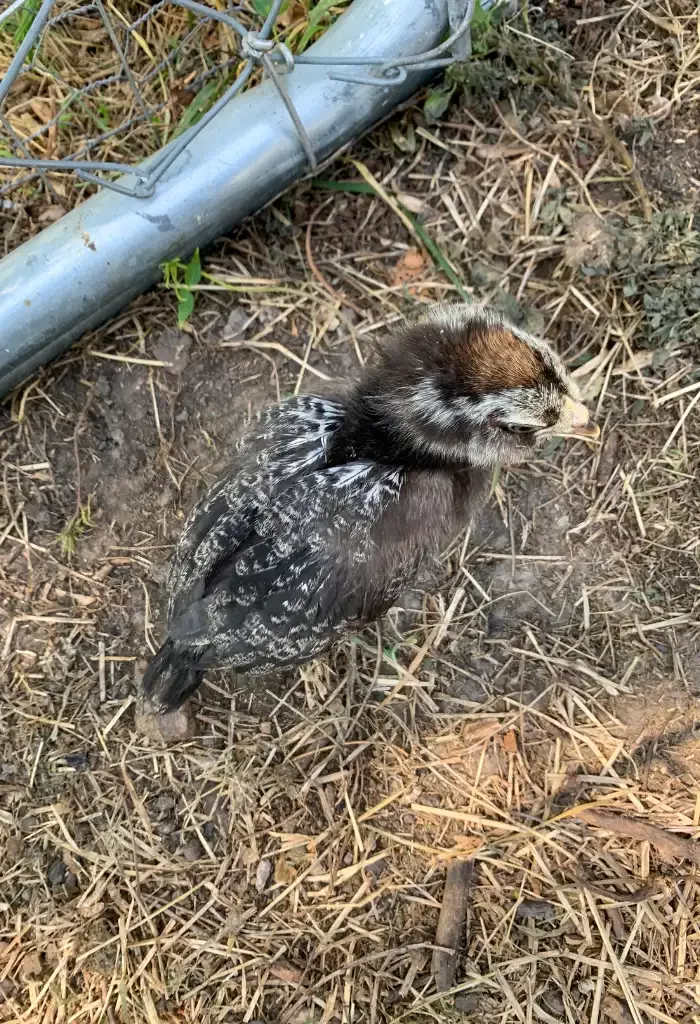
- Genetic Diversity: If you’re looking to breed Easter Eggers, introducing a male to your flock ensures genetic diversity.
- Flock Protection: While they’re gentler than some breeds, male Easter Eggers are still protective and can safeguard your flock from threats.
- Unique Appearance: Their varied plumage ensures that no two male Easter Eggers are precisely alike, adding visual appeal to your flock.
How do you tell if a chick is an Easter Egger?
Identification of Easter Egger chicks is more of an art than a strict science, given the bird’s mixed lineage. While many chicks have a predilection for displaying hues of black, brown, or reddish-brown, this isn’t always the rule.
The presence of fluffy feathers around their faces, known as a ‘muff’, and underneath their beak, described as a ‘beard’, is common, yet not universal. As these birds mature, they often exhibit a pea comb, a small, three-rowed, rounded comb.
Their leg coloring, ranging from greenish to slate, further adds to the conundrum. The real revelation comes when they start laying; a spectrum of egg colors, especially greens and blues, confirms their Easter Egger lineage.
Procuring chicks from known Easter Egger suppliers or crossbreeding enthusiasts can increase assurance. However, due to their mixed genetics, predicting exact traits can be challenging, leading to delightful surprises in backyard coops.
At what age can you tell if a chicken is a rooster?
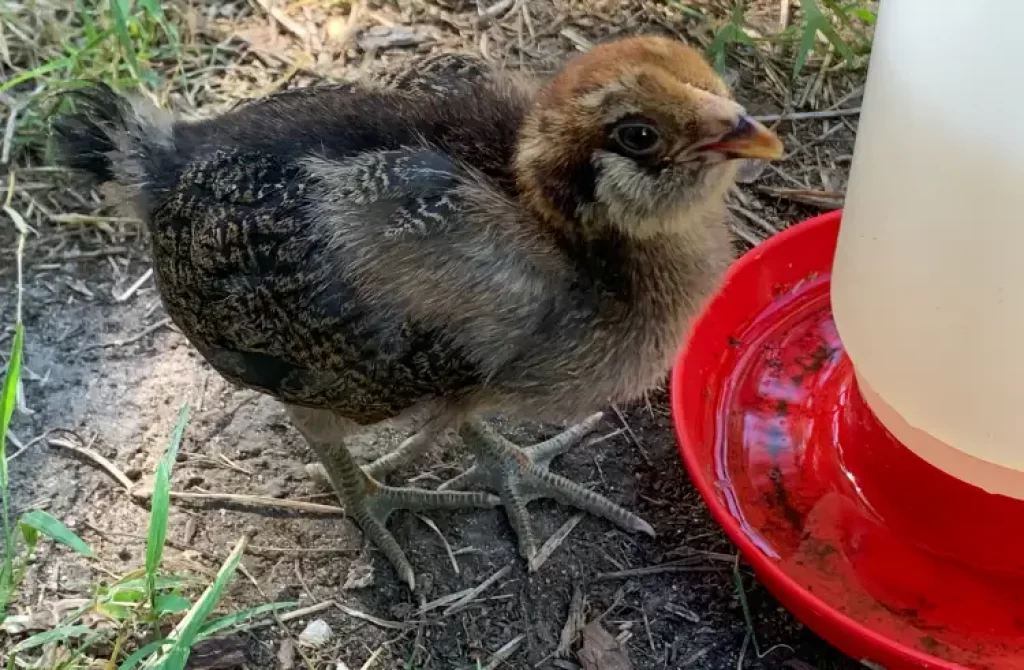
Determining the gender of a chicken can sometimes be a waiting game. However, in many breeds, by 4 to 6 weeks of age, subtle differences start to emerge. The most evident sign is the comb development; roosters tend to have larger, brighter combs than hens.
By 10 to 20 weeks, the differences become more pronounced. Roosters will exhibit longer, pointier hackle (neck) and saddle (just before the tail) feathers, while hens have rounded ones.
The crowing, which is predominantly a rooster trait, might also commence around this age. Behavior can be indicative too; roosters often display more assertive or even aggressive behaviors compared to hens.
However, certain breeds or individual birds can prove challenging, and it might take longer, sometimes up to 5 or 6 months, before one can confidently differentiate.
Always remember that breed variations and individual differences exist; what holds true for one might not for another.
What to do if you accidentally get a rooster?
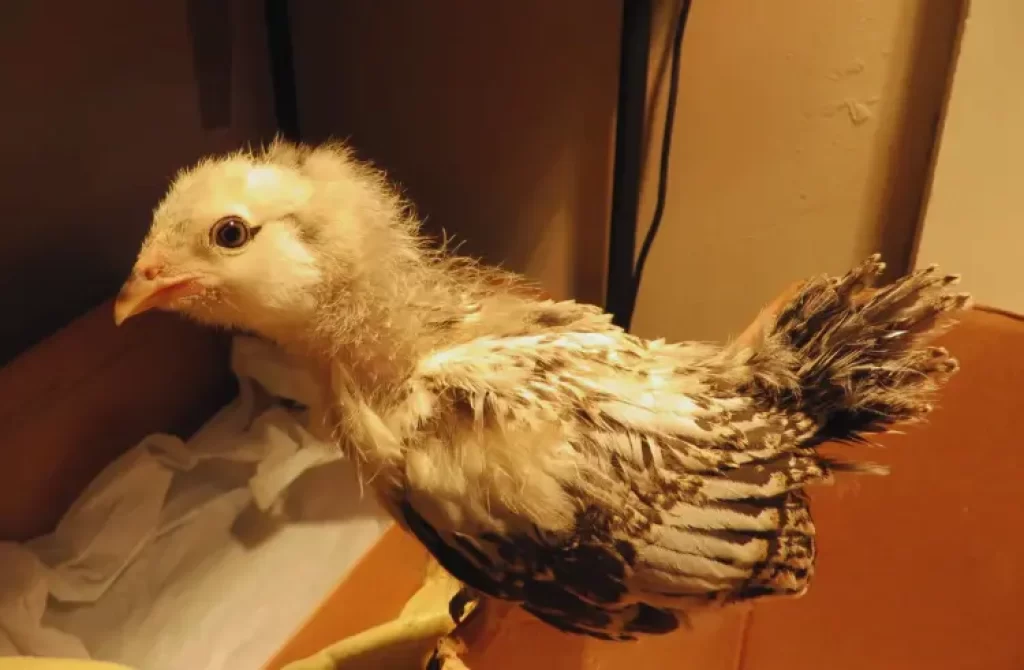
Accidentally acquiring a rooster when you were expecting a hen is a common predicament in the world of poultry keeping. The crowing of a rooster, often a telltale sign, can be a cause for concern, especially in urban areas where noise ordinances are strict.
Furthermore, roosters can introduce dynamics that might not be favorable for a hen-only environment, such as territorial disputes or aggressive mating behaviors. On the positive side, roosters can provide protection for a flock against potential threats.
For those in urban settings or those not prepared for a rooster’s behaviors, rehoming is often considered. It’s crucial to act in the rooster’s best interest, ensuring its new home is safe and suitable. Always check local regulations and consult poultry communities or experts for guidance.
The unexpected arrival of a rooster can indeed be a challenge, but with the right steps, it can also become an opportunity for learning and growth in the poultry-keeping journey.
Conclusion
The allure of the male Easter Egger chicken extends far beyond its role as a counterpart to the vibrant egg-layers. Their distinctive features and affable nature render them a remarkable presence in any backyard or homestead.
As you ponder upon diversifying your poultry ensemble, let the male Easter Egger be a prime consideration.
Incorporating their unique charm will undeniably elevate the dynamics of your poultry venture, adding depth and vibrancy to the flock.
Kenno Marques is a self-taught English speaker deeply passionate about nature and wildlife. He dedicates his time to scouring the web for the latest animal news and engaging content, which he shares on various websites. Fluent in three languages, Kenno is currently on a journey to master German. His commitment to fostering an understanding of the natural world makes him a valuable contributor to the online community.

